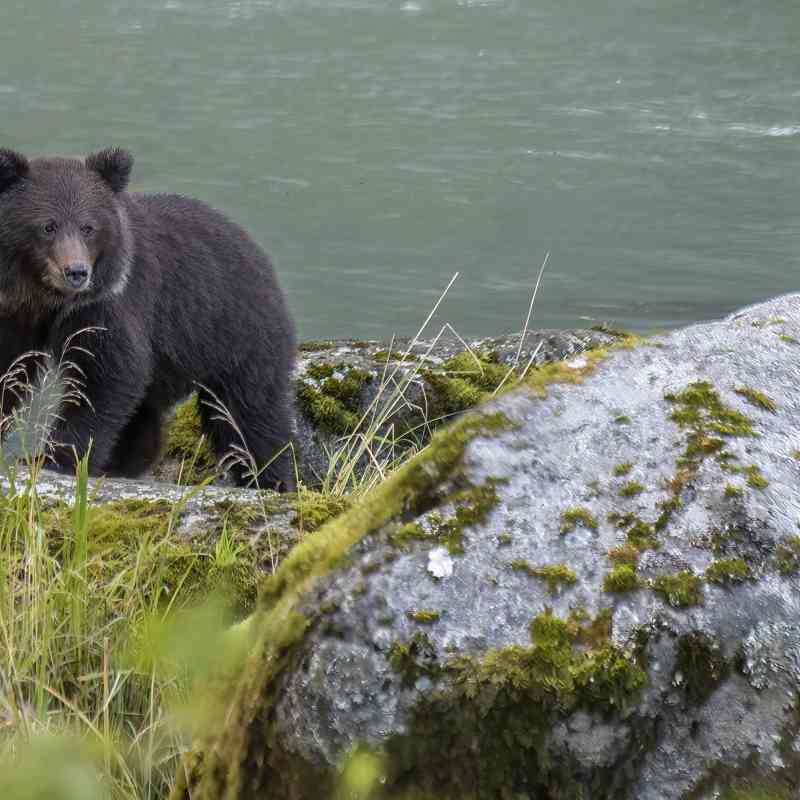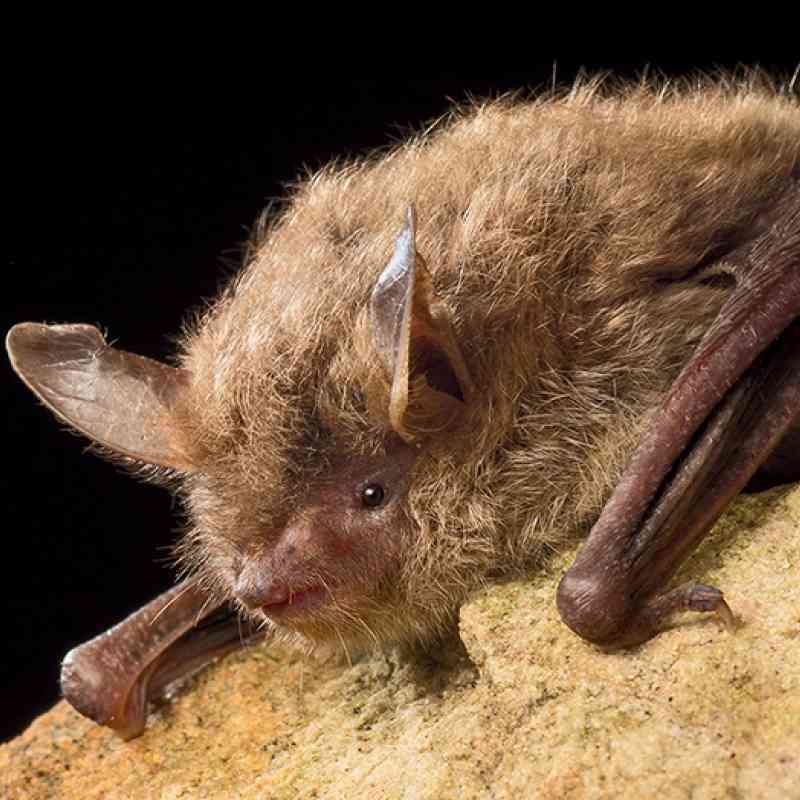Pallid Sturgeon, Florida Panther among Nation’s Most Isolated Wildlife
Washington– Fences, dams, roads, and other developments are among the leading causes of wildlife habitat fragmentation, according to a new report released today by the Endangered Species Coalition. The report, No Room to Roam: 10 American Species in Need of Connectivity and Corridors, highlights ten rare or endangered species that lack safe, navigable corridors to connect them to important habitat or other populations. The full report, along with a slideshow, links to photos and species-specific info can be viewed and downloaded from the Coalition’s website.
Defenders of Wildlife nominated the pallid sturgeon and the Florida panther for the report because both species are critically threatened by dwindling habitat and development.
According to the report, the Florida panther numbers less than 200 adult individuals, yet a record 25 of these cats were killed crossing roads in 2014 alone. Vehicle collisions are also taking a toll on two other species featured in the report: the California tiger salamander and the spotted turtle.
The prehistoric pallid sturgeon once swam the entire length of the Missouri and Mississippi River systems from Montana to New Orleans, but the population has dwindled to a few hundred wild fish as its upstream migration to spawning areas is blocked by dams on the Missouri and Yellowstone Rivers. The migration route of the Chinook salmon of the Pacific Northwest (a species than received an honorable mention in the report) is also impeded by dams.
Other species featured in No Room to Roam include the Karner blue butterfly, the lesser prairie chicken, the Yellowstone grizzly bear, the eastern prairie fringed orchid, the Mexican gray wolf, and the palila – a rare Hawaiian finch-billed honeycreeper.
“The Florida panther and the pallid sturgeon, two of our most imperiled native species, are seriously threatened by habitat loss and fragmentation,” said Defenders of Wildlife President and CEO Jamie Rappaport Clark. “This report reveals how road development and dams can have a catastrophic effect on species that need large, interconnected blocks of habitat so they can move safely through the landscape; the Florida panther population has suffered critical losses from vehicle collisions in the past few years, making it difficult for panthers to expand their range, and the pallid sturgeon can no longer migrate to spawning waters it has depended on for millions of years due to damming. Ensuring that our nation’s endangered species have the ability to move and multiply is essential to their recovery, and we must act to preserve and restore habitat and travel linkages now¬–before it’s too late.”
Coalition member groups nominated wildlife species in the report. A committee of distinguished scientists reviewed the nominations, and decided which species should be included in the report. The report also includes everyday actions that people can take to help promote habitat connectivity, such as urging land management agencies to protect important wildlife corridors and supporting efforts to add wildlife crossings to roadways.
The Endangered Species Coalition has also produced a slide show to accompany the report, featuring stunning photos of each of the ten species in the report, as well as maps indicating the important habitat for each species. The report and all accompanying materials are located here: www.endangered.org/no-room-to-roam.
The Coalition produces a “Top 10” report annually, focusing on a different theme each year. Previous years’ reports are also available on the Coalition’s website.
###
Get the latest Defenders news on Twitter @defendersnews.
Past press statements are available in our newsroom and be sure to visit our multimedia library and reporter resources pages for more info, including free-use photos.
Defenders of Wildlife is dedicated to the protection of all native animals and plants in their natural communities. With more than 1.2 million members and activists, Defenders of Wildlife is a leading advocate for innovative solutions to safeguard our wildlife heritage for generations to come. For more information, visit www.defenders.org.
Defenders of Wildlife is celebrating 75 years of protecting all native animals and plants in their natural communities. With a nationwide network of nearly 2.2 million members and activists, Defenders of Wildlife is a leading advocate for innovative solutions to safeguard our wildlife heritage for generations to come. For more information, visit defenders.org/newsroom and follow us on Twitter @Defenders.

